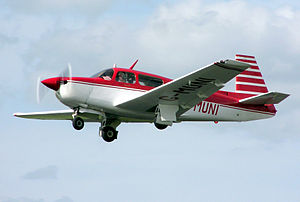
About a month ago, I was on the ramp talking with my instructors and their students when someone yelled for us to look at a Mooney that was making a turn very close to the ground. I caught sight of the aircraft about half way through her turn and realized that the pilot had taken off from runway 29, had an engine failure and made a left turn to land on runway 05.